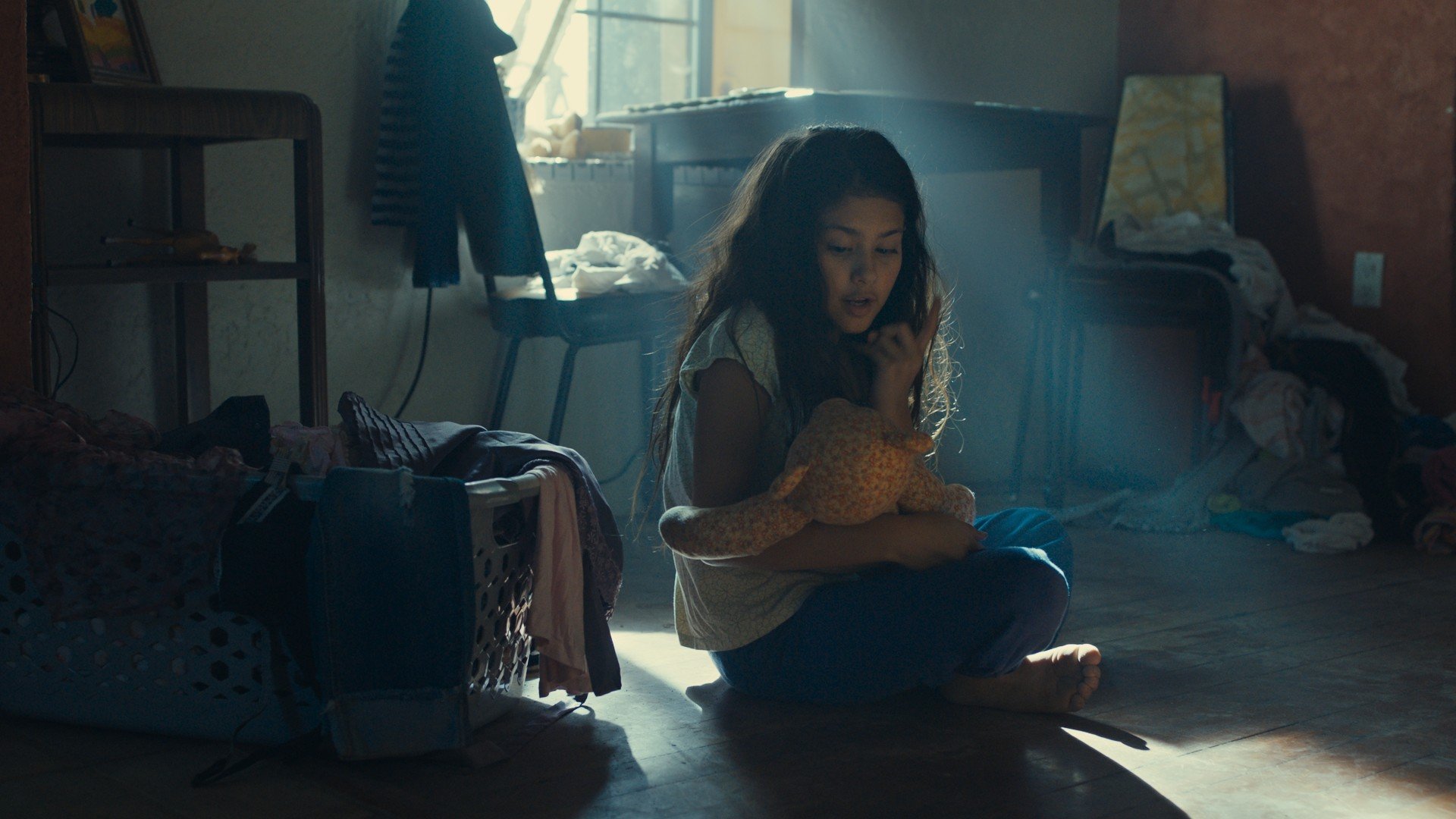Double Feature: Trapped and Bothered (Certain Women & All the World is Sleeping)
Feeling trapped is not an exclusively female anxiety by any means, but when it comes to portraying ‘trapped’ onscreen, the male and female versions do differ some. Layers, both social and biological, add that extra pizzaz to the claustrophobia inherent in seeing no way out. In the female version, feeling ‘stuck’ can come with things that can’t be easily outrun – like pregnancy and starkly limited options for upward mobility. In this double feature, we get to see a whole variety of stories with women in different situations and to see how universal the feeling of “where do I go from here?” really is.
Certain Women (2016)
Anthology movies remain some of my favorite films, and while most of the ones I enjoy are weirder and wilder, Kelly Reichardt’s Certain Women became an oft-visited option of mine due to its somber yet surprisingly dry eyed approach to subjects, both banal and bombastic. It starts with Laura Dern negotiating with a workplace shooter and moves through a handful of stories where women in Montana are either lonely, struggling, or seen as too pushy for their own good.
The stories in Certain Women are not connected in anyway aside from them all taking place in Montana. Michelle Williams plays a perfectionist wife building a house from scratch with her husband; Kristen Stewart plays Elizabeth Travis, a young lawyer teaching at night school who is courted by Lily Gladstone, a lonely lesbian ranch hand. No one in this film seems particularly happy aside from Michelle William’s character Gina, and even she has to deal with her husband guilting her on her pushiness when she asks an elderly man for stones from his property.
Lily Gladstone’s Jamie is perhaps the most tragic character out of the group since her loneliness is palpable, as we see her hopes dashed when Elizabeth stops teaching. All the stories get an epilogue, and Jamie’s is simply her returning to work, same as it was before she met and spent time with Elizabeth. Gina appears to be the only character with agency and yet, we can’t help but feel like she too is stuck in place.
All the World is Sleeping (2023)
A conversation that has been had over and over is how movies portray sensitive topics and if that can be done without glamorizing them, sentimentalizing them, or just making a mockery of them. Like Srdjan Spasojevic, director of the infamous A Serbian Film, said about making films in Serbia, people can be touchy about issues being portrayed without the proper moralizing and pearl clutching. Ryan Lacen’s All the World is Sleeping is a story about drug use, cycles, and poverty but one that doesn’t always treat its subjects with kids gloves.
Chama (Melissa Barrera) is a young mother trying to stay off drugs and out of trouble in New Mexico. She has bankable skills (we see her fixing and maintaining cars through flashbacks to her childhood) but can’t get hired anywhere, and without regular income her struggles become harder. She has a car that needs a new part she can’t afford and she spends her days on buses with her daughter, just trying to get from point A to point B. Everything is just a little harder than it needs to be, and she slips back into drug use early on in the film.
Most of All the World is Sleeping takes place after Chama’s relapse but so much of it unfolds in flashbacks and hazy, drugged out fever dreams that a sensation of timelessness takes over. We see how the cycle she finds herself in started before she was born; how her mother was struggling with poverty and addiction the same way. There are glimpses of escape that Chama tries to seize but in the end, she’s too young to understand how these choices will only trap her further. Played flawlessly by Barrera, she is a sympathetic if not entirely blameless character.
The film really picks up once Chama gets into rehab, though she is again stuck in a cycle and moving from facility to facility rather than making the progress she knows she needs for herself and her daughter. Other women in the clinics tell stories about the lives the left behind, the mistakes they made, or how far they fell compared to where they started. In a movie told in spirals of time and snapshots of special events, it connects to the message of a universal struggle and so many people’s inability to see which direction is up.
The aesthetic and feel of these movies are very different. Certain Women has a colder, more detached quality to it while All the World is Sleeping yanks the viewer into the chaos of its character and story. Still, despite their differences in look and subject matter, there is an overlap not evident at first. How much of being trapped for each story and character is of their own making and how much was slotted into place well before them is the question to keep in mind, and how they can get out is the question to try and answer.



